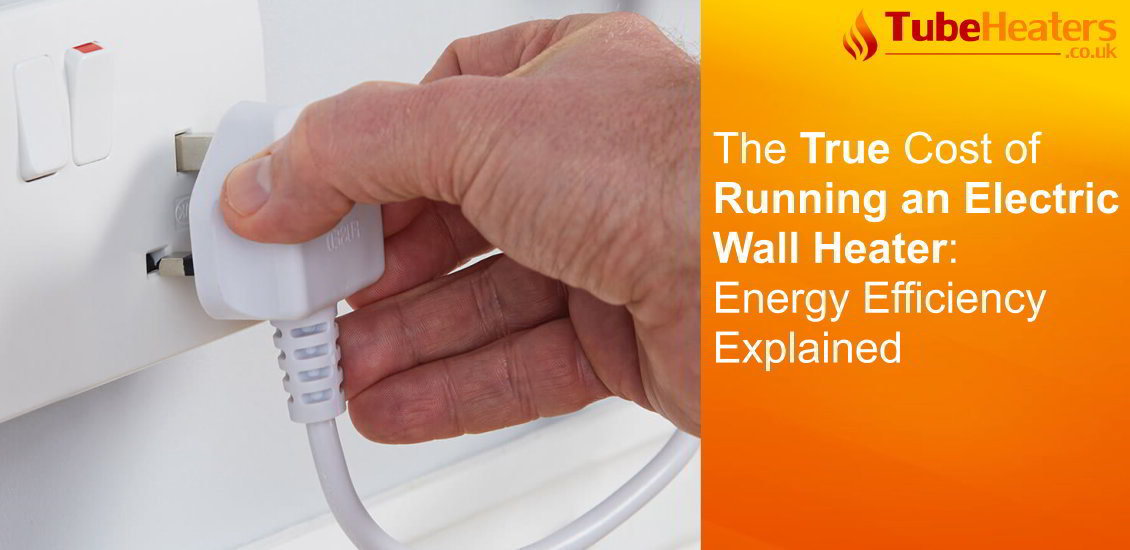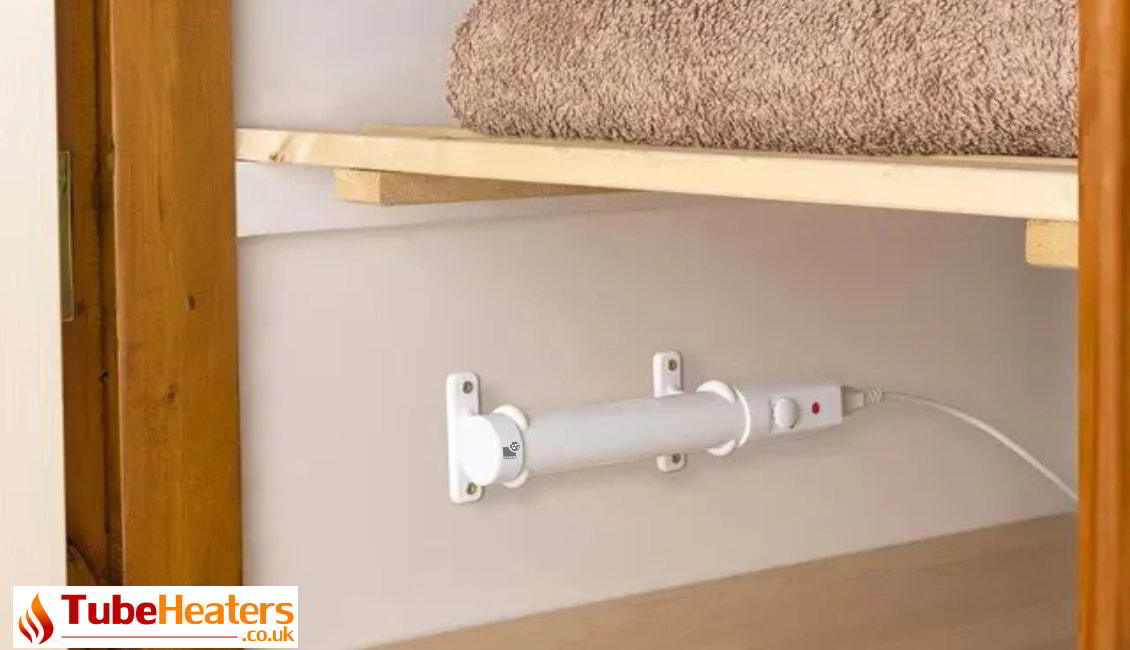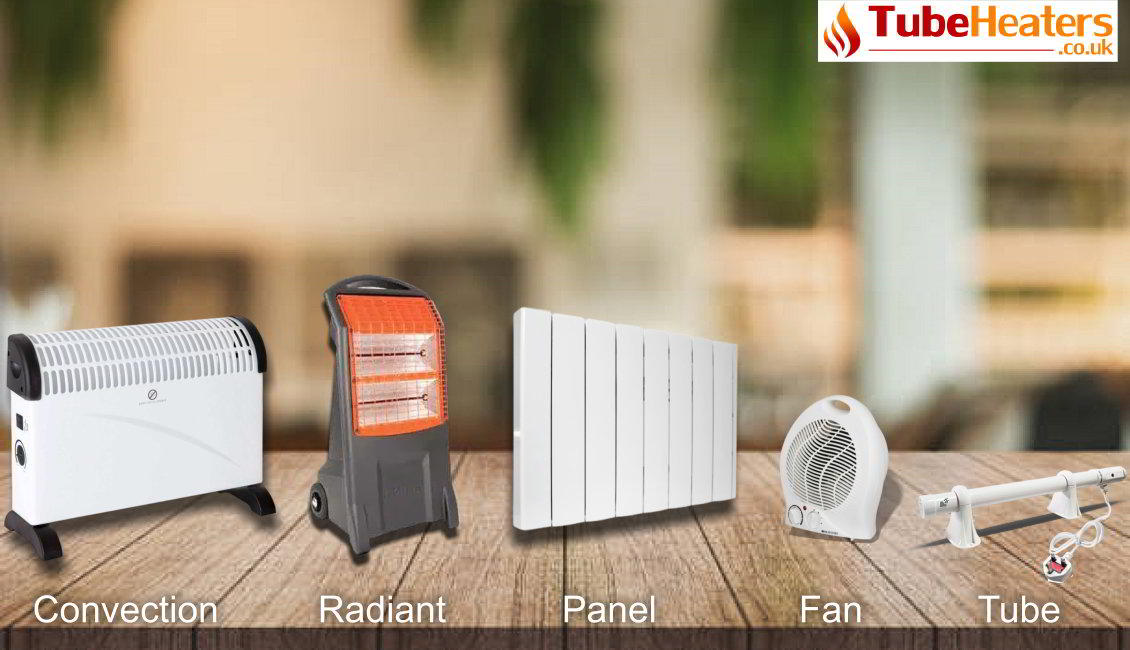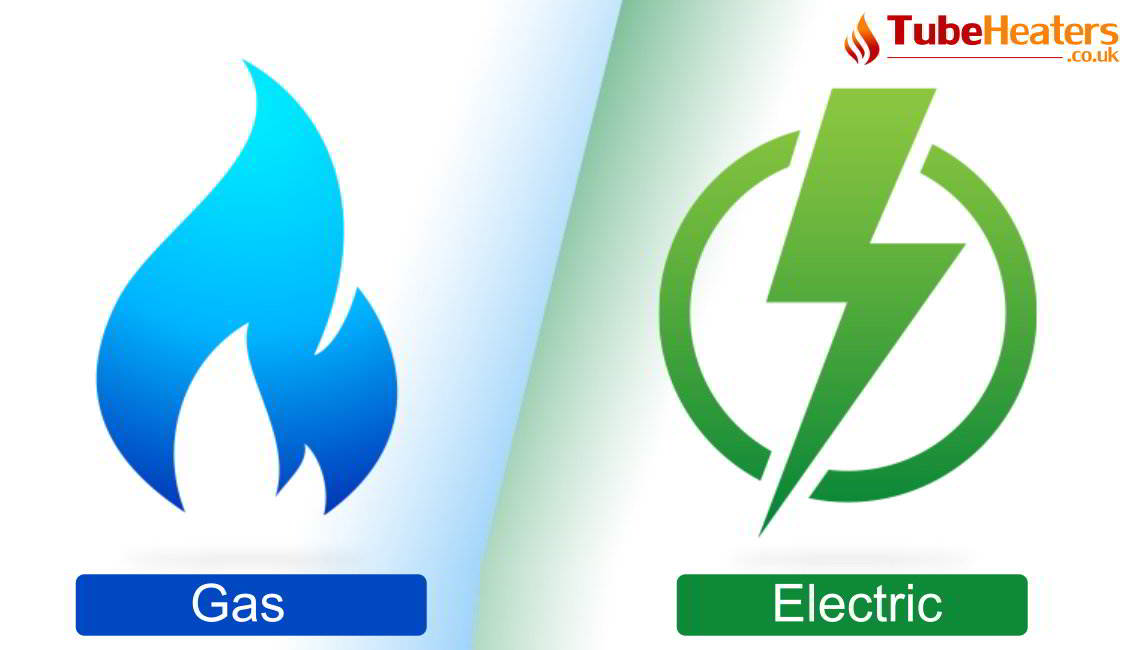
If you're looking to upgrade your heating system while conserving energy, consider installing energy-efficient wall mounted electric heaters running costs into your decision-making. These sleek, compact units not only offer effective heating but also help lower your carbon footprint. But what are the running costs?
In this article, we'll analyse the expenses associated with running energy-efficient wall-mounted electric heaters compared to other heating options. Understanding these costs, including wall mounted electric heaters running costs, will help you decide if these heaters are the right fit for your home.
Do Wall Heaters Use a Lot of Electricity?
The operating costs of electric wall heaters are primarily influenced by their wattage and electricity rates, but other factors also play a role. Before purchasing an electric wall heater, consider the following:
Heating Capacity
The size and capacity of your electric wall heater will affect its energy consumption. Larger units designed for bigger spaces will use more electricity than smaller ones meant for smaller rooms.
Room Size
Select a heater that is appropriately sized for your space to ensure efficient and cost-effective heating.
Usage Patterns and Thermostat Settings
The frequency and duration of use significantly impact energy costs. Using a heater for a few hours daily as supplemental heating will result in lower bills compared to using it as the main heat source. Adjusting thermostat settings can also help manage energy consumption.
Energy Efficiency
Some electric wall heaters are built for energy efficiency, incorporating advanced technologies and energy-star ratings that comply with strict standards, resulting in notable cost savings.
Targeted Heating / Heating Zones
Electric wall heaters allow for targeted heating, enabling you to warm specific areas without the energy waste of heating the entire home, leading to considerable savings.
Supplementary Heating
Electric wall heaters serve as an effective supplementary heating solution, warming spaces not covered by central heating, such as patios, workshop sheds, or greenhouses.
How Do I Choose an Electric Wall Heater?
There are various types of electric wall heaters available, each operating differently. Here’s a breakdown of the options:
Convection Heaters
These heaters use electric elements to warm the surrounding air. As the air heats up, it rises and circulates throughout the room, ensuring even heat distribution. They are commonly used in both residential and office settings.
Radiant Heaters
Utilising infrared technology, radiant heaters emit heat directly towards objects and people in their path, providing immediate warmth without heating the surrounding air. They are especially useful in bathrooms and outdoor areas for quick, focused heating.
Fan Heaters
These compact heaters use a fan to blow air over a heating element, rapidly distributing warm air throughout the room. They are ideal for quickly heating smaller spaces or providing an extra boost of warmth.
Panel Heaters
Slim and discreet, panel heaters offer even heat distribution and often come with programmable thermostats for precise control. However, they are limited to larger spaces and may not fit well in tight areas.
Tube Heaters
These consist of long, cylindrical elements that radiate warmth over a broad area. Typically wall-mounted, tube heaters deliver efficient, uniform heat, making them suitable for both residential and industrial settings. Their design minimises cold spots, ensuring a comfortable environment. They are known for their very low cost to run (Close to 1p per hour for the 55W model).
What Type of Heater Uses the Least Electricity?
To evaluate the cost of operating different home heaters, we must consider their power ratings (in watts) and usage duration. Using the current UK electricity rate of 24.50p per kWh (Ofgem, 2024), here are typical power ratings for common heating solutions:
Convection Heater: 2000 watts
Radiant Heater: 1200 watts
Fan Heater: 1500 watts
Panel Heater: 250 watts
Tube Heater: 100 watts
Assuming each heater runs for one hour daily:
Convection Heater:
Cost per day = 2kW x 1h x 24.50p/kWh = 49p
Cost per month = 49p x 30 = £14.70
Radiant Heater:
Cost per day = 1.2kW x 1h x 24.50p/kWh = 29.4p
Cost per month = 29.4p x 30 = £8.82
Fan Heater:
Cost per day = 1.5kW x 1h x 24.50p/kWh = 36.75p
Cost per month = 36.75p x 30 = £11
Panel Heater:
Cost per day = 0.25kW x 1h x 24.50p/kWh = 6.13p
Cost per month = 6.13p x 30 = £1.80
Tube Heater:
Cost per day = 0.1kW x 1h x 24.50p/kWh = 2.45p
Cost per month = 2.45p x 30 = £0.70
To better understand your energy costs and optimise your heating efficiency, we encourage you to use our electricity consumption calculator at the end of the page and see how much power your devices are consuming!

What is the Cheapest Way to Heat a Room with Electricity?
From our calculations, electric wall heaters are the most economical option for heating a room. Here’s a summary of the monthly costs of using various electric wall heaters for one hour compared to conventional heating methods:
Convection Heater: £14.70
Radiant Heater: £8.82
Fan Heater: £11
Panel Heater: £1.80
Tube Heater: £0.70
Moreover, newer models of thermostatic-energy-efficient electric heaters wall mounted consume less electricity than older models. Below is a breakdown of the costs based on size:
Electric Wall Heater Size Power Monthly Cost
1ft 55W 1.35p
2ft 90W 2.43p
3ft 135W 3.31p
4ft 190W 4.70p
Are Plug-in Electric Radiators Cheaper Than Gas?
While gas central heating is common in many UK homes, energy efficient electric radiators present a more economical alternative. Electric heaters are easy to install and operate, and their monthly energy consumption is generally lower.
Gas heaters are costly to install due to the complex piping required throughout the house, and some of the heat is lost through the pipes. Additionally, gas systems heat the entire house, making it inefficient for localised heating in areas like greenhouses or garden sheds.
Electric radiators are cheaper to install; simply mount the heater on the wall and plug it in for immediate heat. They are also portable, allowing you to relocate them easily without needing an electrician. Built-in thermostats provide accurate readings of the specific space, allowing for tailored heating.
Are Electric Wall Heaters Safe?
Electric wall heaters are typically safe when used according to the manufacturer's guidelines. Here are some important safety considerations:
Overheat Protection: Many modern electric wall heaters feature thermal protection that automatically shuts off the unit if it overheats, reducing fire risks.
Thermal Cut Protection: Some portable electric heaters have this feature to prevent overheating, further enhancing safety.
Thermostat Control: Heaters with thermostat controls help maintain a desired temperature, preventing overheating and ensuring a comfortable environment.
Cool-Touch Housing: Look for models designed to remain cool to the touch, even while in use.
Tube Heater Guards: These guards create a barrier between the heater and pets or children, enhancing safety.
Tips for Safe Usage
Proper Installation: Follow the manufacturer's instructions for installation, especially for wall-mounted units, to avoid electrical hazards.
Clearance: Maintain a distance of at least three feet around the heater from flammable materials like furniture and bedding.
Stable Placement: For portable heaters, ensure they are placed on a flat, stable surface to prevent tipping.
Unplug When Not in Use: Always unplug the heater when it's not in use to minimise fire risks.
Regular Maintenance: Keep the heater clean and free of dust and debris to prevent overheating, and regularly check for any signs of wear.
Avoid Extension Cords: Plug the heater directly into a wall outlet instead of using extension cords, which can overheat and pose fire hazards.
Conclusion
Energy-efficient wall-mounted electric heaters make them a practical and cost-effective heating solution for both homes and businesses. These heaters are more economical, resulting in significantly lower operating costs. When used correctly, they are safe and incorporate modern safety features like overheat protection. Selecting the appropriate size and model of electric wall heater ensures efficient and targeted heating for any area in your home.
One Heater, Endless Uses: The Surprising Versatility of Tube Heaters
Tube heaters are the ultimate multi-purpose heating solution. In living spaces, they work wonders as conservatory heaters and bathroom heaters, taking the chill off without bulky radiators. They're perfect for tackling damp as wardrobe heaters or cupboard heaters, protecting your belongings from moisture damage. In utility areas, they excel as airing cupboard heaters to dry laundry and shed heaters to prevent tools from rusting. Their portable design makes them ideal for vehicles too - use them as boat heaters or campervan heaters for cosy nights away. Outdoors, they provide reliable frost protection for pipes and keep pets warm as kennel heaters. And of course, they're a gardener's best friend for protecting delicate plants in greenhouses. All this from one affordable, energy-efficient unit!
The calculator uses the current standard electricity tariff in the UK (24.5p/kWh) (1 October to 31 December 2024)


About the Author: Noah Williams
Meet Noah Williams—TubeHeaters.co.uk’s go-to expert for all things tube heating. With a decade of hands-on experience, he’s helped countless customers solve challenges like damp garages, chilly greenhouses, and drafty workshops. Noah’s advice blends technical know-how with real-world testing, so you can confidently choose heaters that are efficient, affordable, and planet-friendly.




Leave a Comment